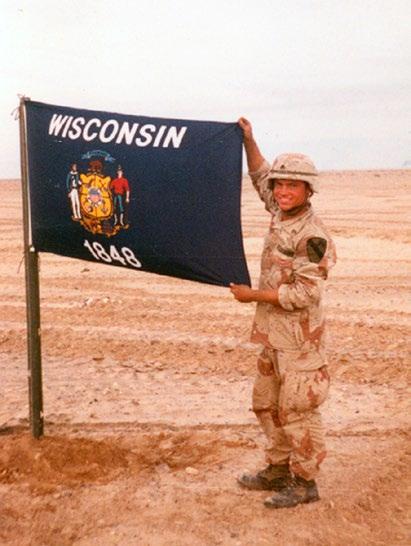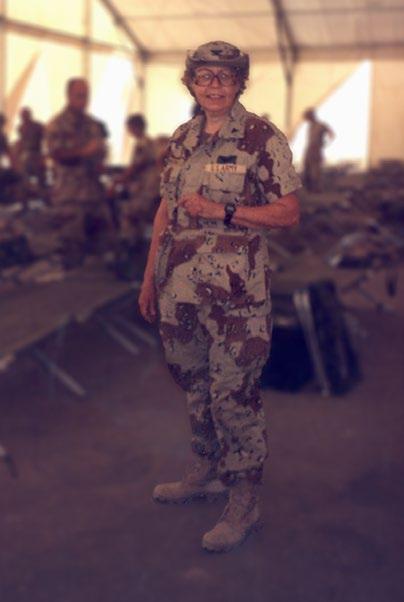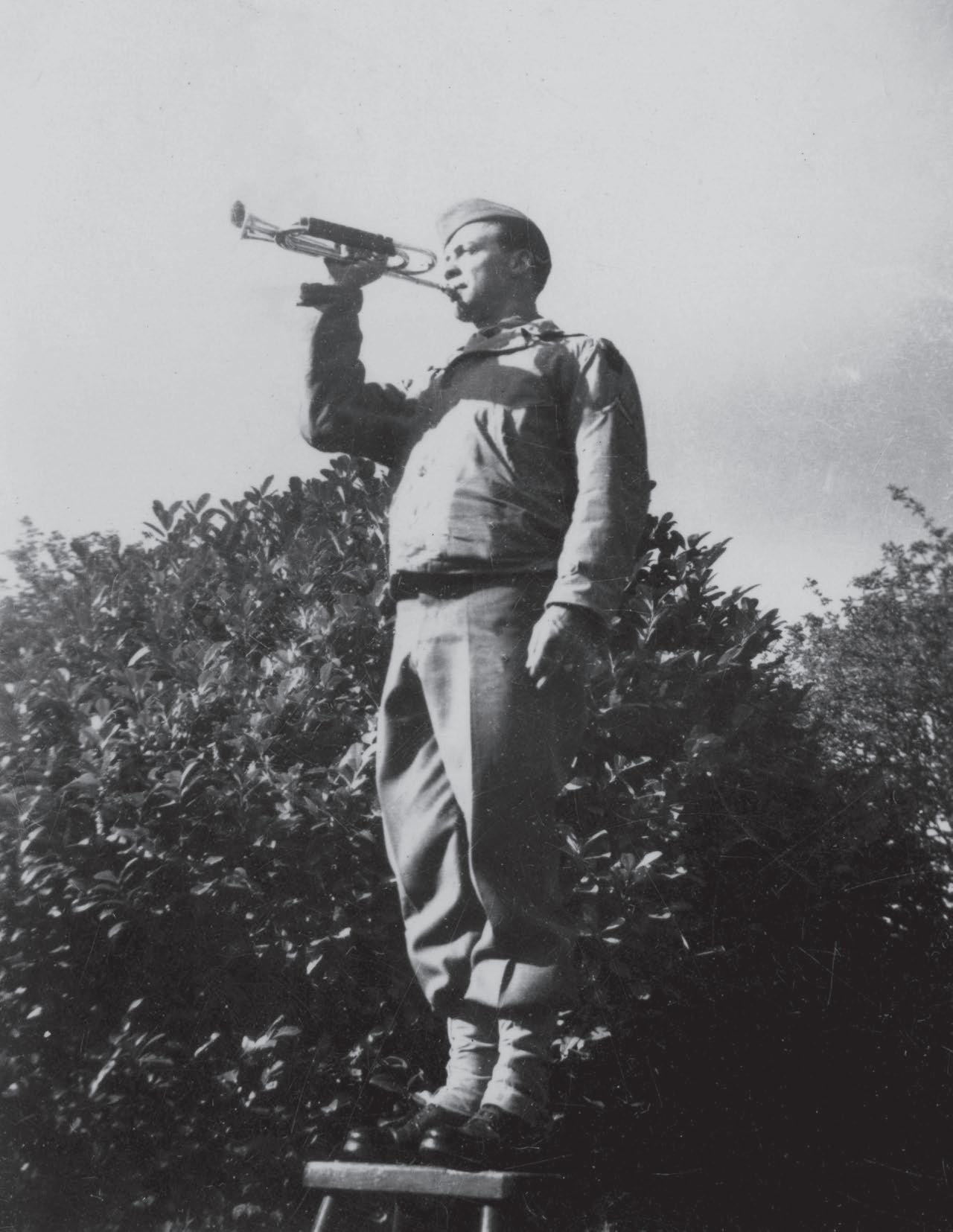
3 minute read
30 Years Ago Wisconsin Was There
Operation Desert Shield and Operation Desert Storm veterans of Wisconsin recall the support they received from their families and communities in 1990 and 1991. The first phase of the war, Operation Desert Shield, ran from August 2, 1990, to 3 a.m. January 17, 1991, when Operation Desert Storm and the air phase of the war then began. Operation Desert Storm ended February 28, 1991.
Sergeant John Peters: I think you probably saw one of the things that I prided the most while I was over there was the Wisconsin flag that I donated to the museum. I had my mother ship that to me, October, November and that thing flew Saudi Arabia, Iraq. Everywhere our vehicle stopped it went on the antenna pole. Part of it was Wisconsin pride but also you got twelve Bradley fighting vehicles, which ones—unless you look at the bumper, look at the number, you don't know which one is which. “Oh yeah, Wisconsin flag.” If you're sitting in a tent it went on a pole so I've got a million pictures of me with it. When I got back I was like, “Okay, let's donate this. It has a proper home.” That's in there.
Advertisement
John Peters served as a sergeant in the U.S. Army with A Company, 1-8 Cavalry, 1st Cavalry Division in Saudi Arabia, Kuwait and Iraq.
ORAL HISTORIES
Interviewer:
In the news media there was a big deal made of parades and all this kind of thing. Did you get to participate in that sort of thing? Did you want to?
John Morgan, from Madison, Wisconsin served in the U.S. Army as a field artilleryman during Desert Storm.
I think it would have been nice. It really hooped up 82nd Airborne since they were the first over there, first back. They got a big parade and all. It would have been nice but the only people who were there for us when we came back were our families. Flew into Polk and my mom had driven down from D.C. and she was there. It was nice, it was small, it was no big deal. We flew back at night if I remember right.
Interviewer:
Now, on the home front, at this time there were all the yellow ribbons and this sort of thing, where you aware of this?
Helen Gurkow, from Lancaster, Wisconsin, served as a doctor with the Wisconsin National Guard during Desert Storm:
Sgt. Peters posed with state flag.
WVM.0945.I003e
State flag flies over camp.
WVM.0945I061
John Scheer, from Madison, Wisconsin, served in the U.S. Navy as an aviation ordnanceman during Operation Desert Shield and Operation Desert Storm.
Interviewer:
Then in terms of public support, you know, with the yellow ribbons and the writing campaigns and all this sort of thing, um, how did that impact upon guys on the ship? Were you too busy, were you grateful?
I mean, it was—it was—it was the best help we could ever get. I mean, it was— it was fantastic, especially the letters from the kids from around the country. And we’d answer them, you know. I knew a guy that didn't have anybody to write to, and he took four or five of them, you know, just—just get mail actually. But, you know, the care packages that used to send homemade cookies and candy, stuff from home, even—even old magazines or newspapers that they rolled up to keep the fruit, we read them. You know, just stuff from home.
Dr. Helen Gurkow who served at the 13th Evacuation Hospital during her deployment in Dhahran, Saudi Arabia.

Oh yes. We were aware that because up at Fort McCoy too there’s a group of trees right by the entrance. I don’t know, there must be fifteen trees there. They had a yellow flag on there for every unit and that flag stayed there until that unit came back and as demobed [demobilized] out of McCoy.
Interviewer:
As you were leaving though, you knew
Gurkow:
We knew the flag was there, yes. I mean the ribbon was there. Oh yeah, this is the great part of this war, because of the support that they got at home. I honestly think that they got that support because they had the Guard in. I don’t think they would have gotten that kind of support from active duty because active duty people don’t touch as many people as Guard people do.






